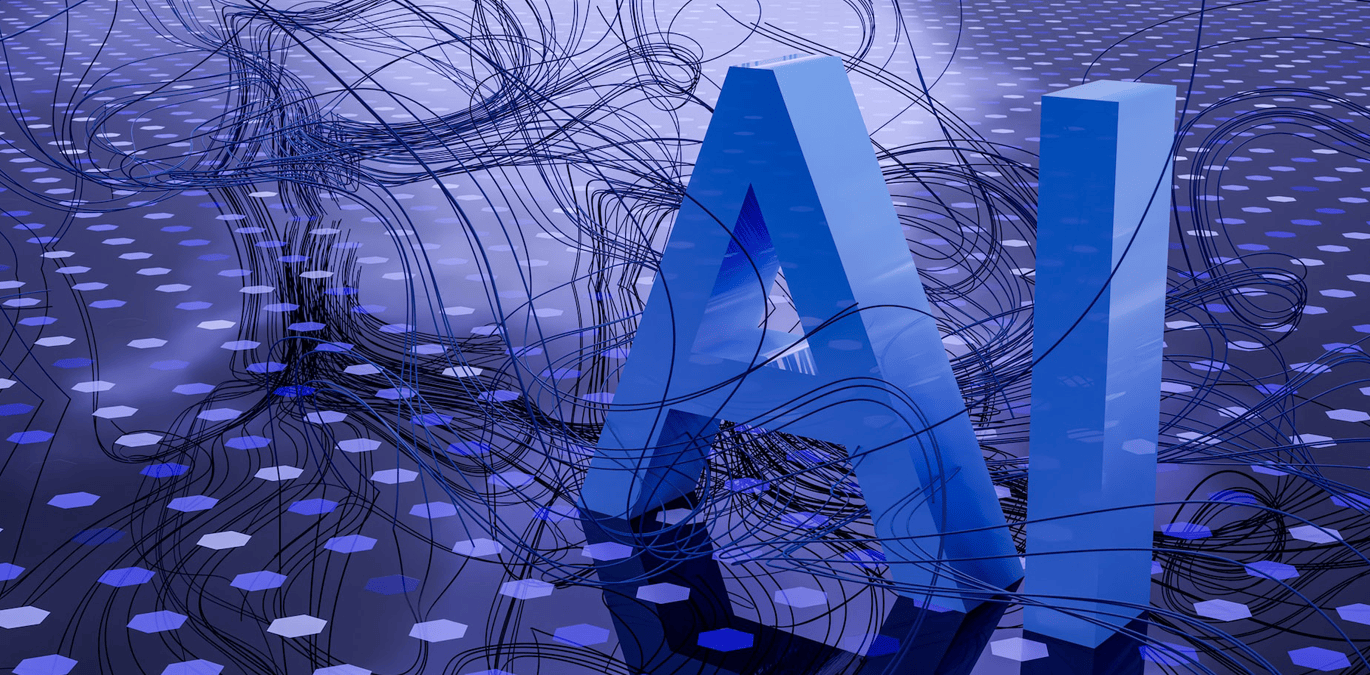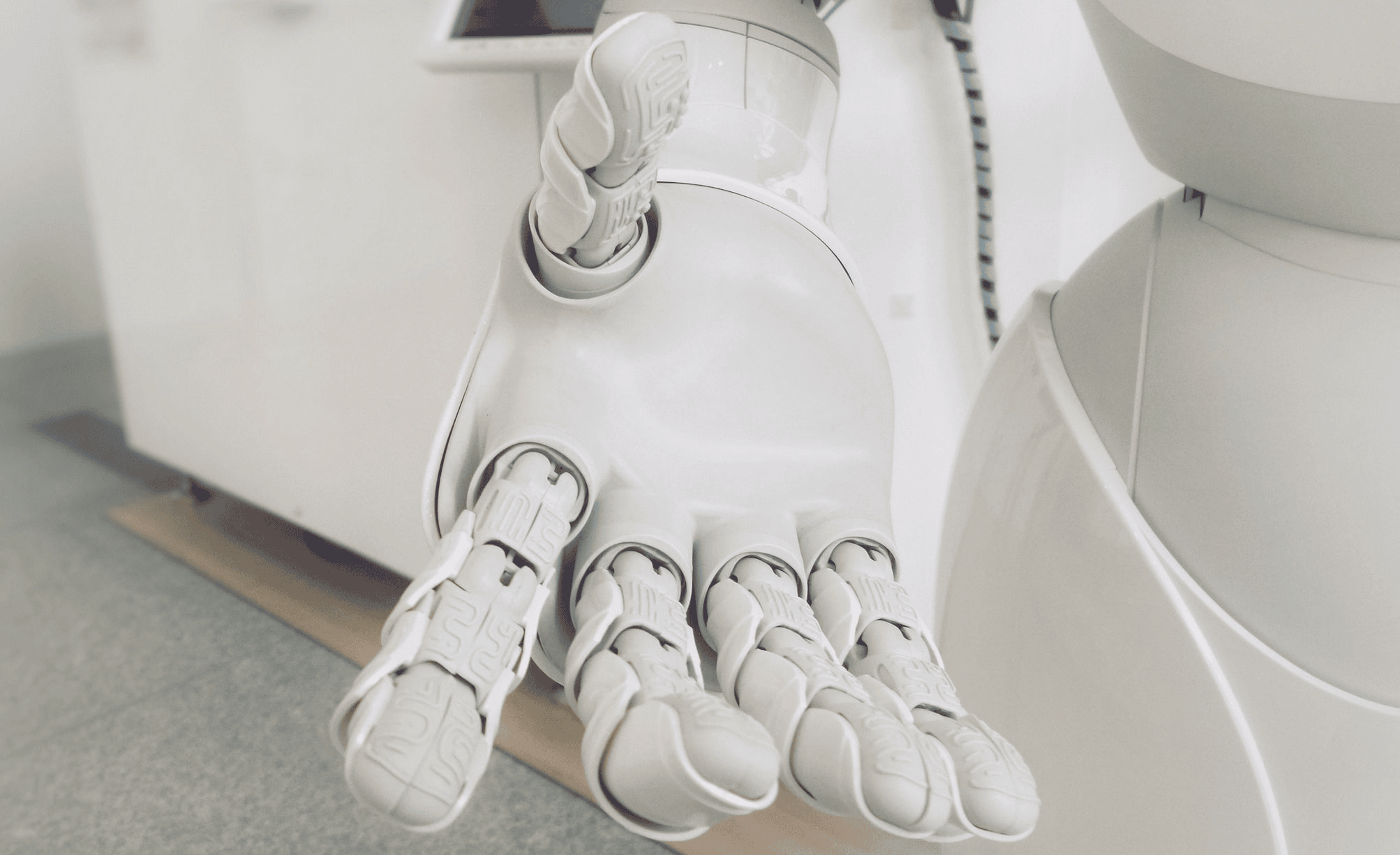
Explore how AI revolutionizes education with growing investments and better learning outcomes. Read the article to discover its expanding role in schools.
Using AI in education sector has started considerable changes. While it brings exciting new ways to teach and learn, it also comes with challenges. Schools and universities are trying to keep up with the fast pace of technology. Some people wonder if AI is causing problems for these institutions, but others believe it’s giving them a new burst of life and improving how they work.
The Academic Augment
The arrival of AI in education is a source of new ideas. Because it changes how education is structured and delivered, standard ways of teaching need to be reevaluated. Some people worry it will make universities less critical, but others see it as a helpful tool for better education.
There is a significant impact of AI on education. It’s helping create learning that fits each student better, handling routine tasks like grading and scheduling, and making sense of lots of data to help schools make better choices. All this tech is changing schools as we know it, opening doors for students everywhere to get the right education for them.
Professional Assistance: A New Pedagogical Paradigm
The role of AI is not to replace educators, but to enhance their capabilities. For example, if students need help with their assignments, they can easily use artificial intelligence. However, a great number of tasks require a human touch. Platforms like https://papersowl.com/research-paper-writing-help provide professional assistance in research paper writing. It is a proven way to delegate a part of homework and spend time on something a student really knows and likes. This way, it improves academic performance and creates an interesting educational path.
Thus, AI is shaping a new pedagogical paradigm focusing on collaboration between human intellect and machine efficiency. Here are some key ways it is enriching education:
- Customized Learning Paths: Its algorithms analyze how students learn and adapt to their pace and style, creating a personalized educational journey.
- Efficient Assessment: It quickly grades assignments and provides feedback, allowing teachers to focus on in-depth student interaction.
- Resource Allocation: Handling routine tasks allows schools to allocate resources towards direct student support and enrichment programs.
- Data-Driven Insights: Teachers can use AI to get insights into students’ progress and understand areas where the class might need extra help.
- Interactive Learning Environments: It creates dynamic, engaging environments that simulate real-world scenarios, making learning more immersive.
This partnership between educators and AI is not just enhancing how subjects are taught, but is also preparing students for a future where technology and human collaboration are the norm.
Challenges in Education
Artificial intelligence holds great promise for education, but its path is lined with complex challenges that need careful consideration. Ethical questions about AI’s role in decision-making, uneven access to technology, and the risk of reinforcing societal biases are some hurdles which need to be addressed. Schools must use it thoughtfully to ensure it benefits all students fairly and doesn’t unintentionally cause harm.
Here are some specific challenges:
- Privacy and Data Security: Safeguarding student information from misuse, as systems often require large amounts of data to function effectively.
- Accessibility for All: Ensuring AI tools are equally available to students from all backgrounds, preventing a widening of the education gap.
- Bias in AI Algorithms: Monitoring for and mitigating any biases that affect the fairness of grading, assessments, or learning opportunities.
- Teacher Training: Providing educators with the necessary training to use its tools effectively and ethically in their classrooms.
- Keeping the Human Touch: Balancing AI use with personal interaction and mentorship students need for their social and emotional development.
Educational institutions have to tackle these issues head-on to fully leverage AI in a way that respects every student’s right to a fair and unbiased education. It’s about striking the right balance between embracing innovative technologies and maintaining the core values of teaching and learning.

AI in the Education Sector: A Statistical Perspective
Statistics reveal artificial intelligence in schools and colleges is set to take off in a big way. More money is being put into ensuring it can help improve classes and help students succeed more. This trend shows that AI is becoming a big part of how we think about teaching and learning in the future. From digital assistants to smart tutoring systems, its tools are becoming common in learning spaces. Schools are spending more on the latest technology, showing they believe it’s a good investment.
Conclusion
The influence of AI on education is undeniable. Rather than suffering, universities have an opportunity to thrive by embracing it. With thoughtful integration, it can lead to more robust, responsive, inclusive, and equipped educational systems to prepare students for a future where technology and human ingenuity are inextricably linked. In charting this new academic course, the goal must always be to enhance, rather than eclipse, the human element that is the heart of education.
Was this news helpful?







 Yes, great stuff!
Yes, great stuff! I’m not sure
I’m not sure No, doesn’t relate
No, doesn’t relate



